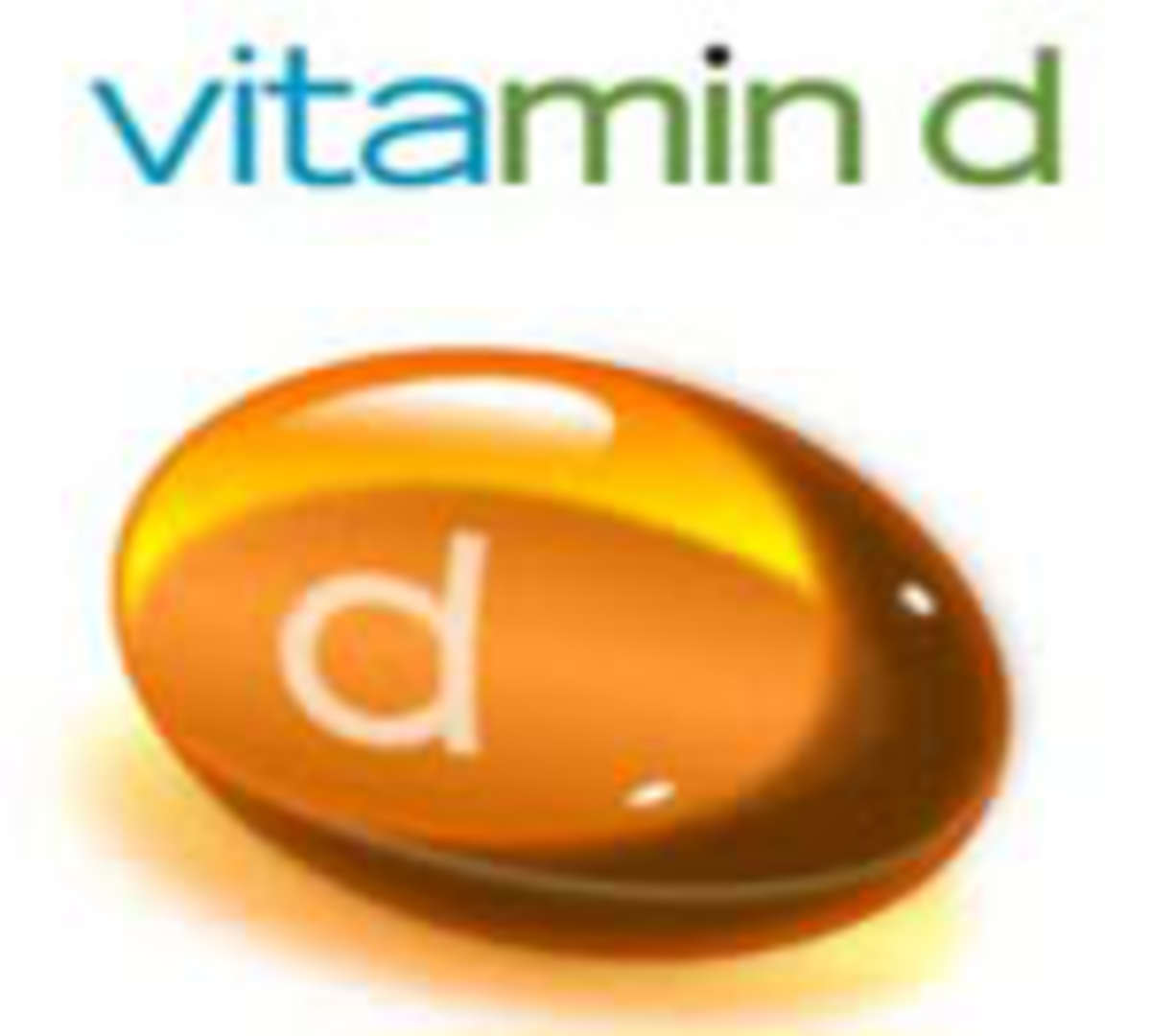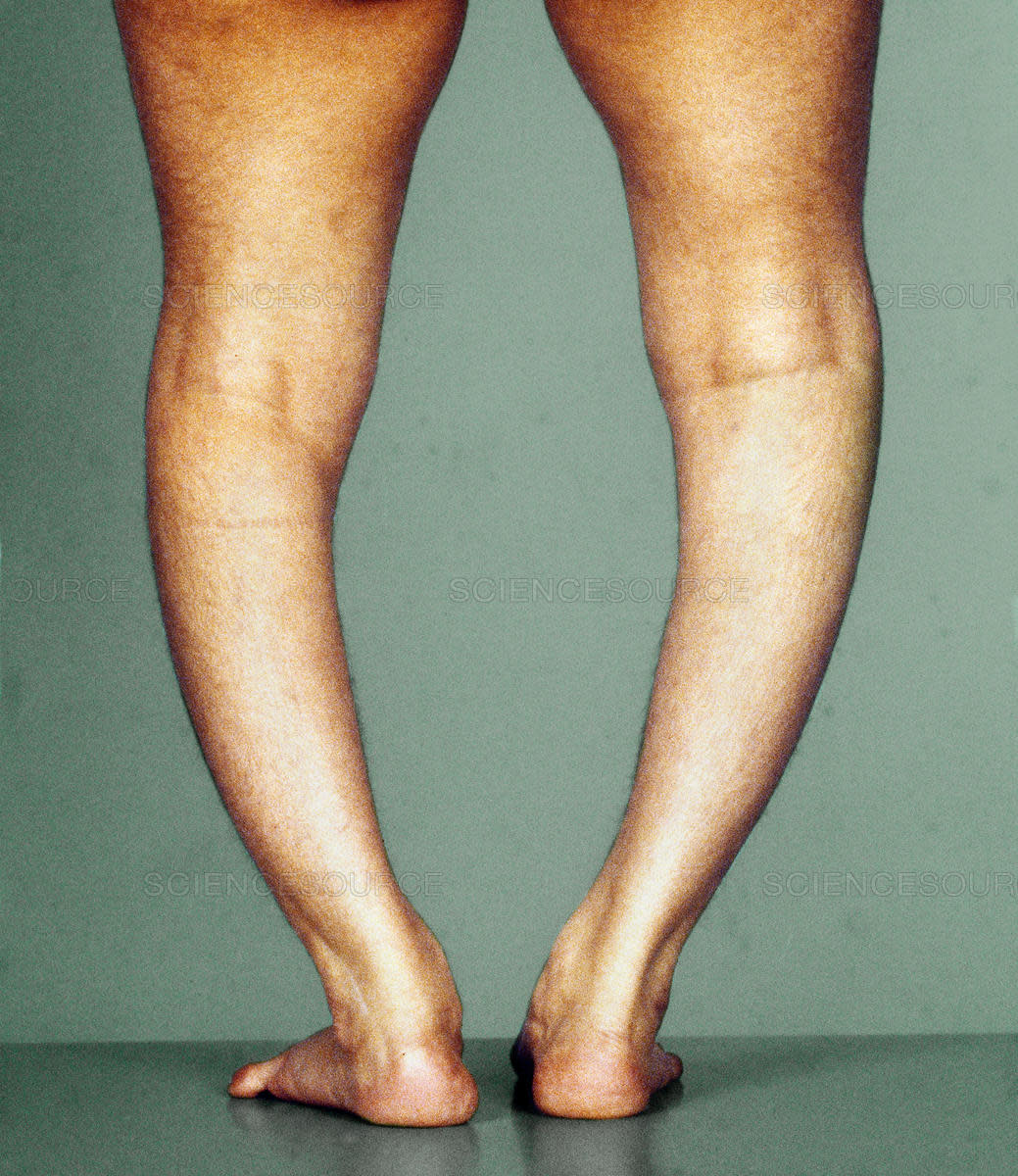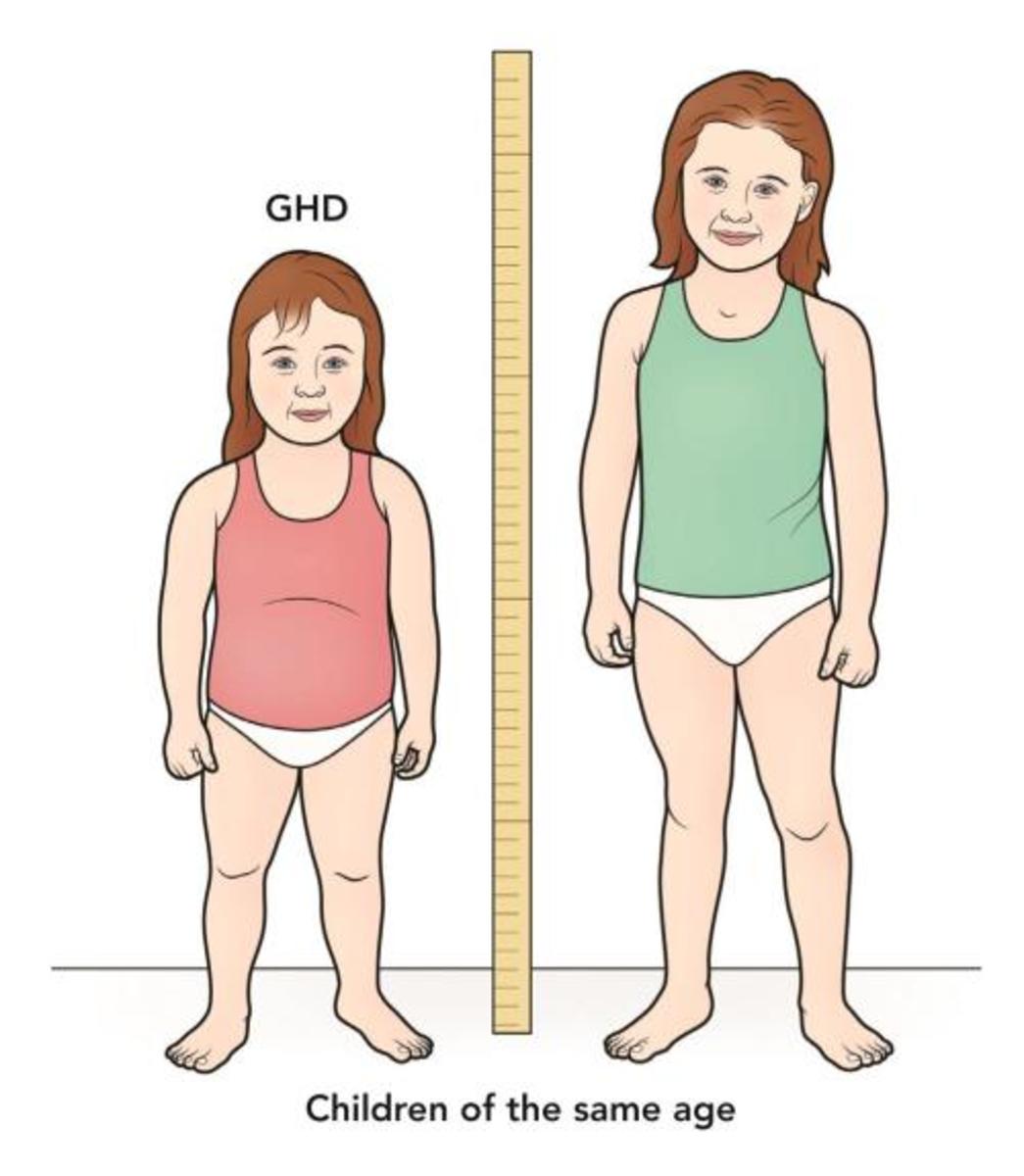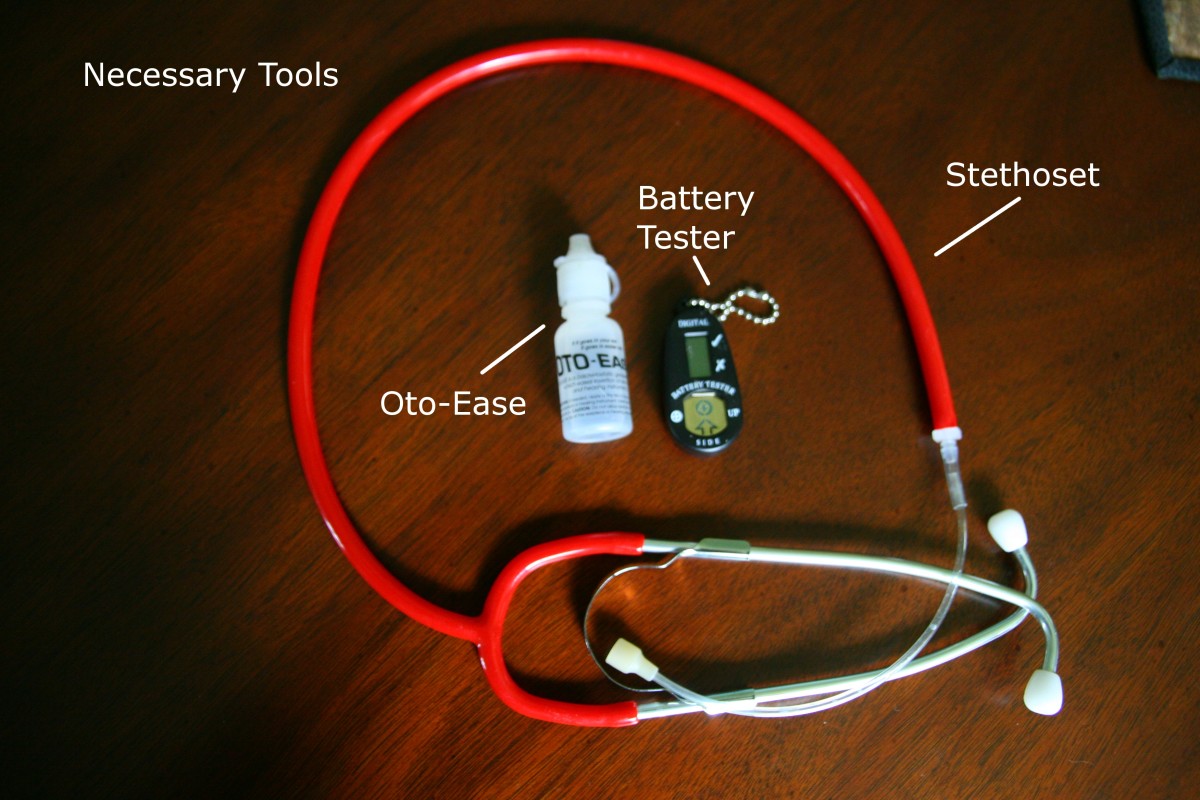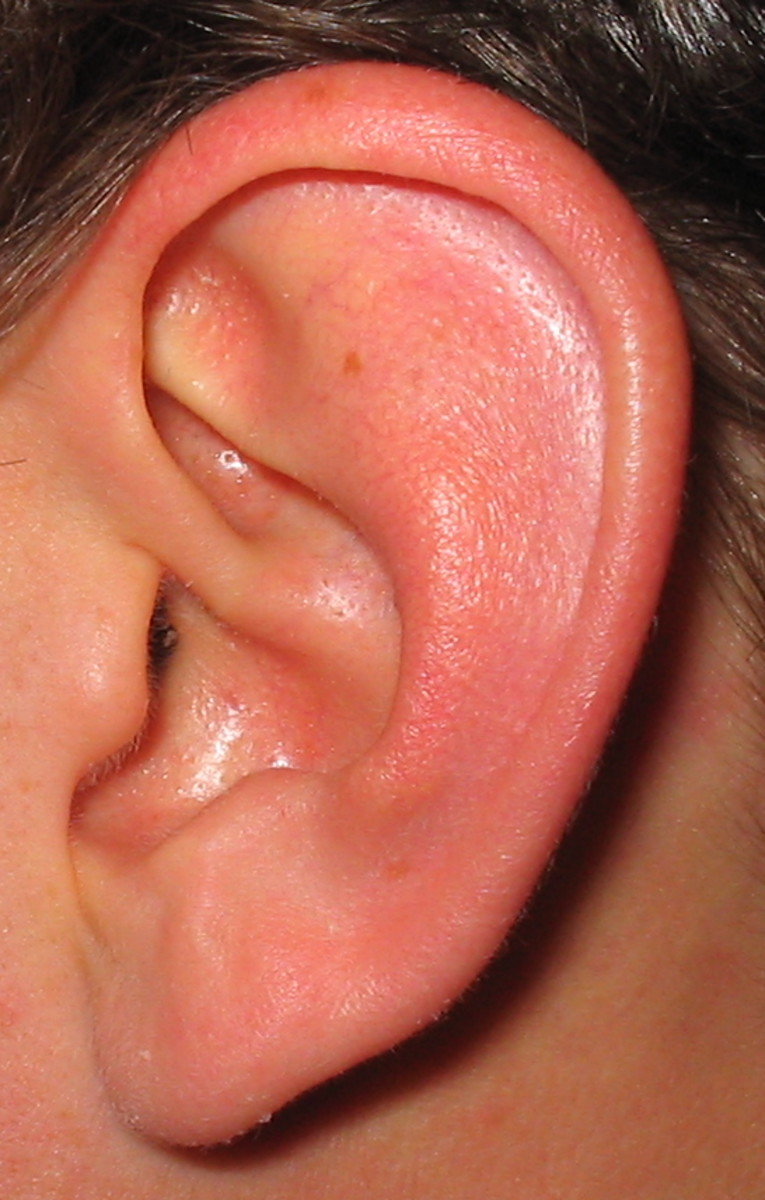How To Combat Vitamin D Deficiency In Children.

Multi-Vitamins Containing Vitamin D For Kids.
Looking For A Vitamind D Boost - This Cod Liver Oil Is Great During The Winter Months.
As if we didn't have enough to worry about during this cold and flu season, an alarming and disturbing trend has arisen - the widespread vitamin-D deficiency seen in young children and teens.
Known as the essential, life-saving vitamin, vitamin-D deficiency is on a steady rise and has been known to put its young victims at risk for health problems such as poor muscle strength, growth retardation, heart disease, rickets, weak bones, or autoimmune diseases.
This raises two vital questions. Just how widespread is this deficiency, and what are some ways to combat vitamin-D deficiency in our children?
* What The Statistics Show.
According to a 2009 CBS World News Report, at least one in five U.S. children from the ages one to eleven do not get a sufficient amount of vitamin-D. As mentioned above, this deficiency is not just limited to young children.
Researchers in the Department of Public Health at Weill Cornell Medical College published in their March issue of the Journal Pediatrics, that about one in seven teens suffer from vitamin-D deficiency as well.
* How Do I Know If My Child Has A Vitamin-D Deficiency?
The most accurate way to determine whether or not your child has a vitamin-Ddeficiency is through the 25-hydroxy vitamin-D test preformed by your child's pediatrician.
There are some red flags you can look for though that may signal such a problem.
According to the Website Healthy Holistic Living, "Vitamin-D deficiency may be characterized by muscle pain, weak bones/fractures, low energy and fatigue, lowered immunity, (which may exhibit itself through increased colds) depression, mood swings, and sleep irregularities."
Depending on the severity; vitamin-D deficiency causes the bones to soften and leads to bone disorders. In children, the most visible sign of severe vitamin-D deficiency is bowed arms and legs.
* How Do I Know If My Child Is At Risk?
There are several factors that can raise your child's risk of acquiring vitamin-D deficiency.
Here are several risk factors as found at WebMd:
- Over Time, Your Child Doesn't Consume the Recommended Levels of the Vitamin. Since most natural sources of vitamin-D are derived from animal-based foods such as fish, fish oils, egg yolks, cheese, and beef liver, for children who suffer from food allergies, their diet may put them at risk of a vitamin-D deficiency.
- Your Child Has Limited Sunlight Exposure. Your body gets its best source of vitamin-D through sunlight. So if your child is home-bound, lives in northern latitudes, or wears long layers of clothing, then they too may be at risk.
- Your Child Has Dark Skin. The pigment melanin (found in dark skin) reduces the skin's ability to make vitamin-D in response to sunlight exposure.
- Your Child's Digestive Tract Cannot Adequately Absorb Vitamin-D. Medical problems including celiac disease, cystic fibrosis, and Crohn's disease can affect your child's intestine's ability to absorb vitamin-D from the foods they consume.
- Other Children At Risk: 1.) Older children, 2.) Girls, 3.) Obese children, and 4.) Children who spent more than four hours a day watching TV, playing video games, or using computers.
* How Do I Help My Child Combat This Vitamin D Deficiency?
1.) WebMD suggests: "many people (especially those living in the Southern United States) can get enough vitamin-D by getting about 10-15 minutes of sun exposure on their arms and face a few times a week - as long as they don't use sunscreen, which blocks some of the UV rays necessary to make the vitamin". So get your kids outside for some fun and sun.
2.) In the event you live in an area where sun exposure is hard to come by, or your child wears long layers of clothing that prevents direct sun exposure, have them consume foods that naturally contain vitamin-D (although this list is not very extensive) or foods and juices that are vitamin-D fortified, and administer vitamin-D supplements.
It is vital to note, that while vitamin-D is found in foods such as salmon, mackerel, tuna, sardines, egg yolks, cheese, and beef liver, experts say fortified foods such as milk (for those suffering from lactose intolerance, milk and cheese made from soy are fortified with vitamin-D as well) and orange juice are the best sources.
* How Much Vitamin-D Is Needed?
It has been recommend by the American Academy of Pediatrics, that children get at least 400 international units (IU) of vitamin-D a day.
For infants - Just D Infant Vitamin Drops is a great choice since it's a single-entity vitamin-D (meaning that all you get is vitamin-D; no other vitamin is included), and is practically tasteless.
For kids - Lil Critters Gummy Calcium with Vitamin-D (all natural colors and flavors) and Vita-Saurus children's chewable multi-vitamins will provide your little ones with the daily amount of vitamin-D necessary for proper growth and good health.
For kids following a gluten-free diet - Nature's Plus, Source of Life - Animal Parade provides several tasty brands of gluten-free, vegetarian, hypo-allergenic, children's chewable multi-vitamins with whole food concentrates that provide the recommend vitamin-D daily value for kids (this happens to be my personal favorite- since my toddlers love the taste, it's free of artificial colors and preservatives, and free from the common allergens yeast, wheat, soy, and milk).
For teens - MVTEEN by Futurebiotics offers a multivitamin targeted for teens that contains the daily recommended amount of vitamin-D.
In addition to these multi-vitamins, Arctic Cod Liver Oil (form the company Nordic Naturals) produces a superior supplement that provides the purest and the best tasting fish oil with only naturally occurring vitamin-A and D.
Although this supplement can be given everyday; due to its price; I tend to give it regularly to my toddlers during the winter months only, or when they fall ill.
It's a sad fact; vitamin-D deficiency is quickly on the rise. Nevertheless, with these simple tips you can combat this deficiency in your child, ensuring that he/she stays healthy now and in the future.
copyright © 2009
Childrens Health Resource Hubs - Check These Other Hubs Out.
- Children's Health Resource HubMob
Last week, our HubMobsters converged to write about Children's Education. This week, we're staying with the kids and focusing on Childrens Health. Come and check out this HubMob Resource for some great information about keeping kids healthy.




